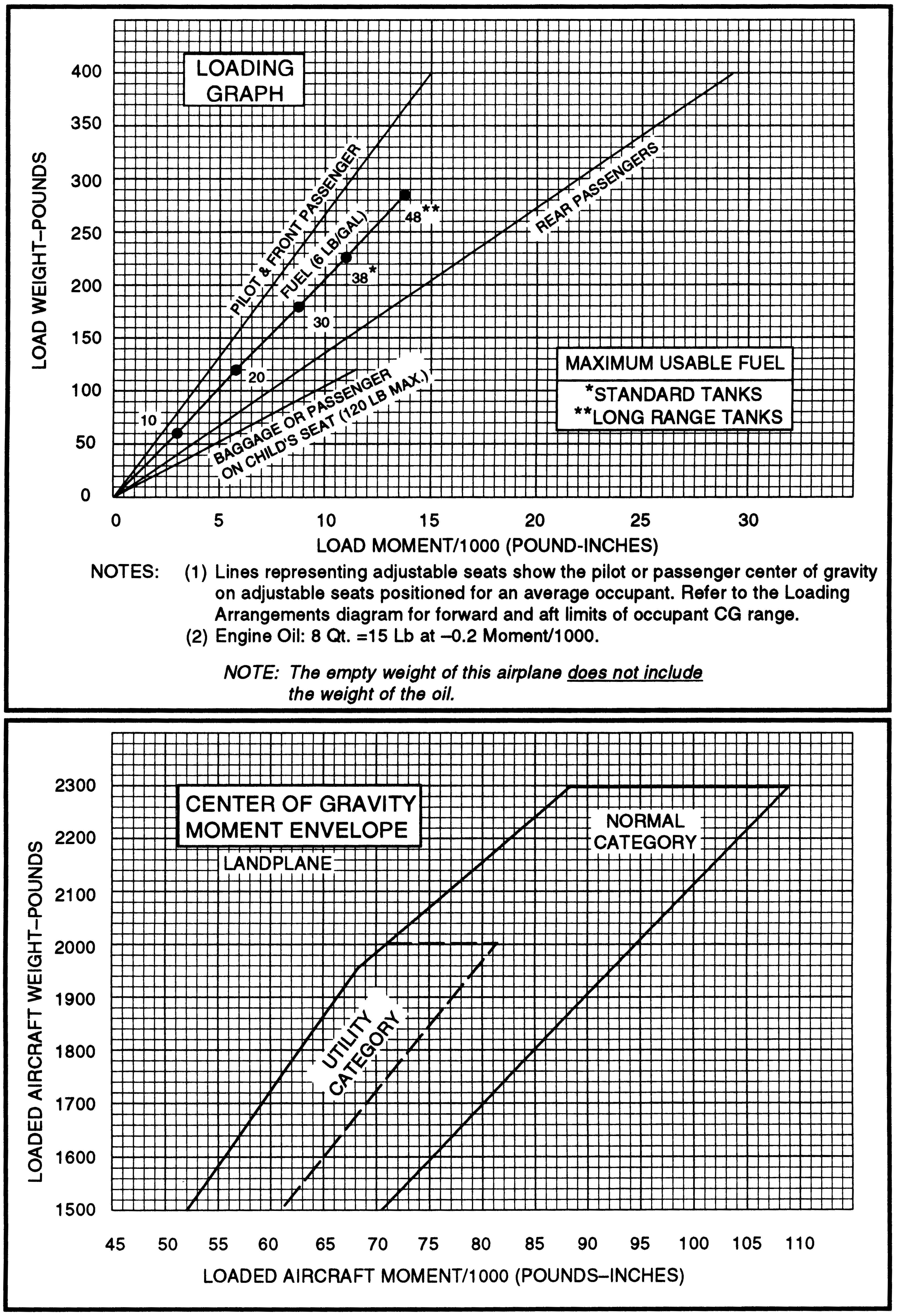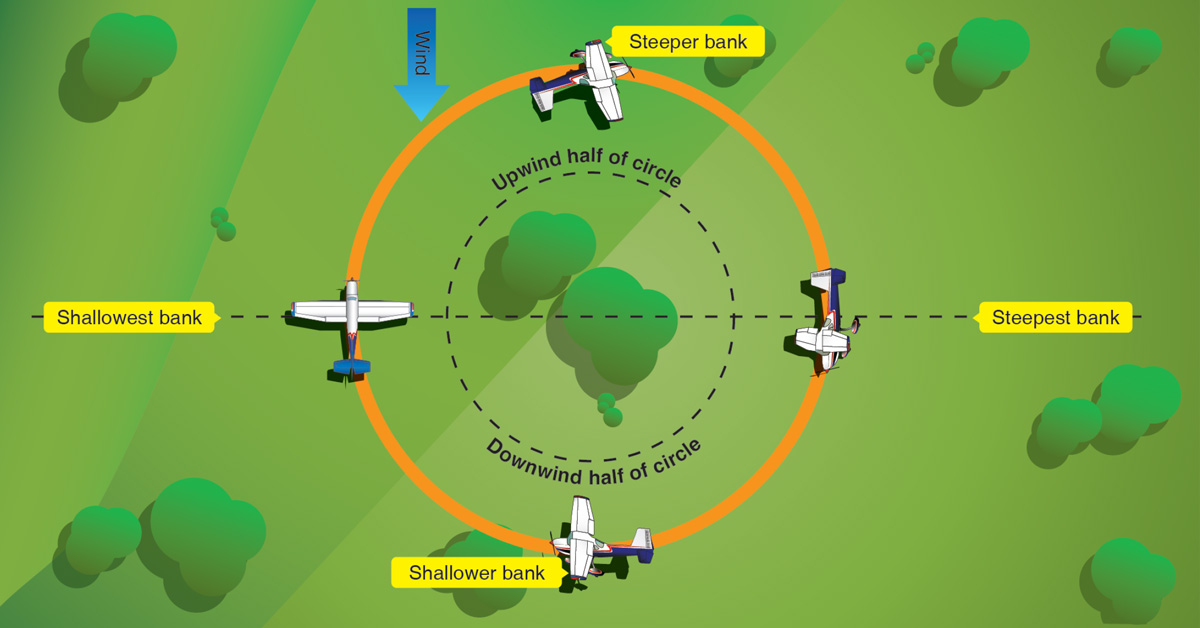We’ve already introduced the importance of weight and balance consideration during your preflight planning, and touched on using the table method to compute weight and balance problems. Our CFI even walked us through some sample problems back in May. Today we’ll talk about another method, using a graph, to reliably compute weight and balance to insure your safety. Words and pictures this week come from Bob Gardner’s indispensable text The Complete Private Pilot.
Let’s first review the important weight and balance terms: arm and moment. The easiest way to visualize these terms is to go back to your childhood teeter-totter. Assume that it was 12 feet long, pivoted in the center, and you weighed 50 pounds. When you sat on one end of the teeter-totter the arm (distance from the pivot point to your seat) was 6 feet, making the moment (your weight times the arm) 300 foot-pounds. A 50-pound friend siting on the other end of the board an equal distance from the center would balance the teeter-totter. Without a 50-pound friend, though, to have any fun at all you’d need a 100-pound playmate on the other end of the board 3 feet from the pivot point, or maybe a 75-pound friend 4 feet from the pivot point. To balance, in other words, there had to be a moment of 300 foot-pounds on either side of the pivot. The airplane manufacturer provides data on the distance (arm) from a datum point which you can multiply times the weight of fuel, baggage, or passengers to derive the moment. You may have to interpolate between given weights if your passengers, baggage, or fuel load do not exactly match the tabulated values.
NOTE: do not, under any circumstances, use the sample weight-and-balance data from the Approved Flight Manual; it doesn’t apply to the specific airplane you are going to fly, and it is an easy way to fail an oral exam!
The figure below shows a graphic method of presenting the weight and balance information and determining the position of the center of gravity. To avoid large confusing numbers, moments are presented as moment/1,000. As weights are shifted around within the airplane by moving baggage from forward compartments to aft compartments, by moving passengers, or even extending and retracting the landing-gear, the center of gravity (CG) follows the weight—if the weight moves aft so does the CG.

Using the figure above to calculate the CG and determine the plotted position on the CG moment envelope chart.
| Weight | Mom/1,000 | |
| Empty weight | 1,350 | 51.5 |
| Pilot and front passenger | 380 | — |
| Fuel 48 gal | 288 | — |
| Oil 8 qts | 15 | — |
From the loading graph, find the moment/1,000 for pilot and front seat passenger weight of 389 pounds: 14.0. Find the moment/1,000 for 288 pounds of fuel: 13.8. Total weight = 2,033 pounds, total moment/1,000 = 79.1. Center of gravity = total moment ÷ total weight = 79,100 ÷ 2,033 = 38.9. Plot on the center of gravity moment envelope a weight of 2,033 pounds and a moment/1,000 of 79.1; the plotted point falls in the normal category area.
As always, we’ll have more on Thursday from our CFI!





